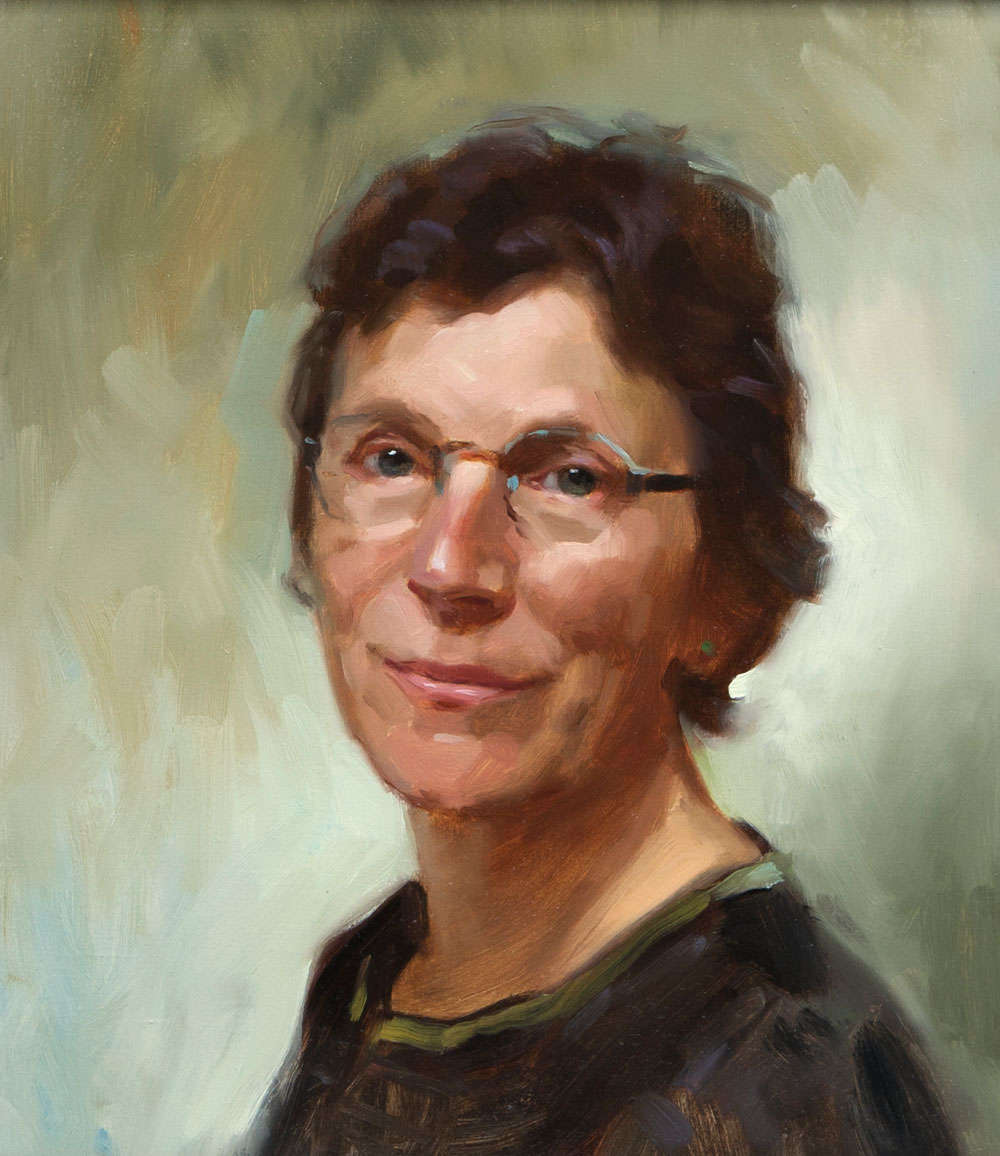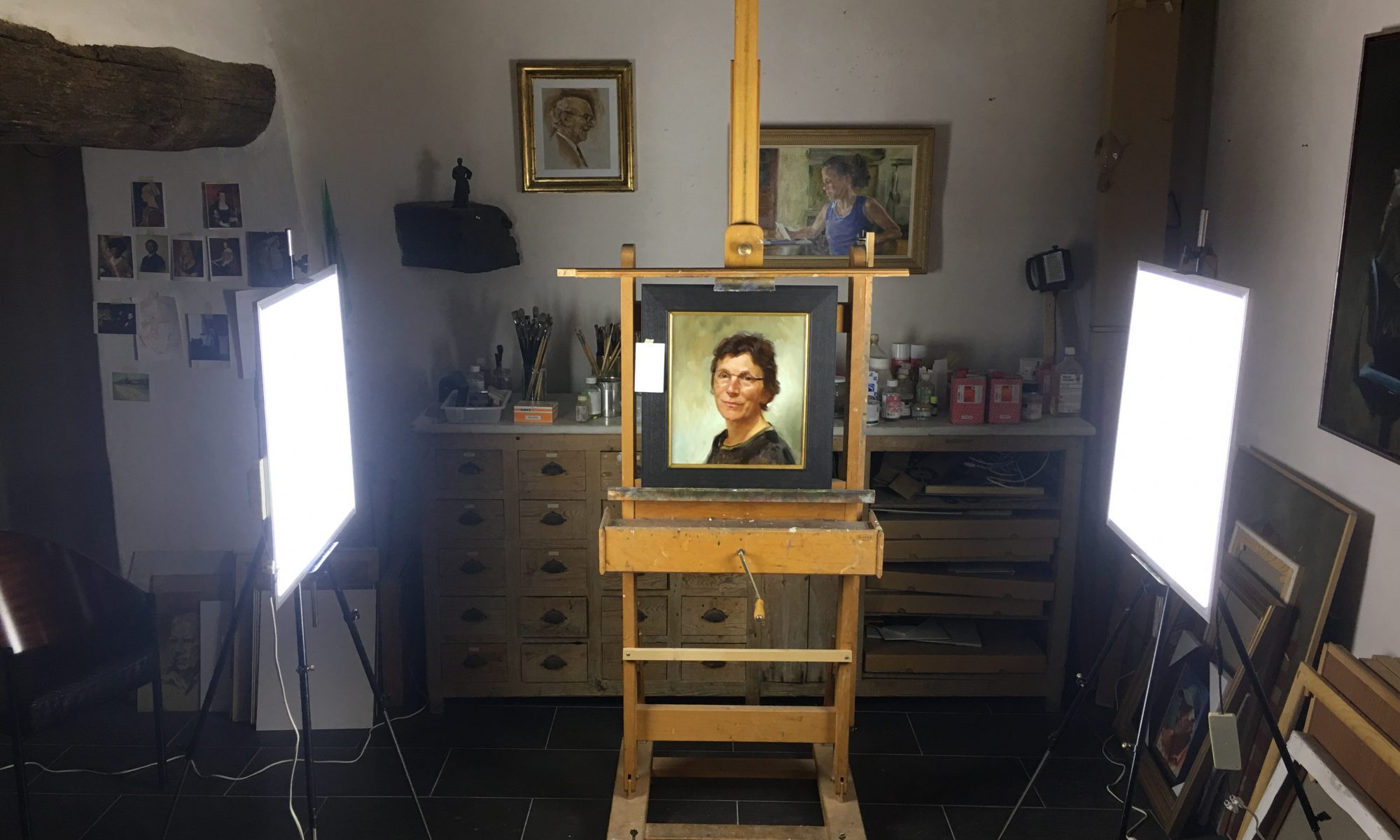It is really important to document and archive your artwork. In the past a professional photographer was usually needed, but nowadays most of you can do it yourself. So here I explain how to reproduce oil paintings.
A reasonable camera on a tripod and two identical light sources are almost everything you need. With shiny varnish or artwork that has already been framed behind glass, an extra tool is needed: a piece of black cloth.
What do I use?
2 Lamps.
I use two flat LED panels for lighting. I place them on each side of the painting. (costs: € 50,- each)
- Size: 60 x 60 cm.
- Colour: 6400k.
- Input: AC85-265v.
- Power: 48w
Camera.
I use my professional camera (Canon 5D, lens 24-70 mm.) It serves perfect to reproduce oil paintings. But with a simpler device it is certainly possible to make acceptable reproductions. I always place the camera on a stable tripod to prevent the image from becoming blurred due to movement.
Settings of the camera.
- ISO 100, to get as little noise as possible.
- Aperture f / 8.
- Shutter speed 0.60 seconds.
2 Portable field easels to place the light panels. (costs: € 45,- each)
A black cloth as a curtain. (costs: €20,-)
I hang a black curtain right in front of the camera, parallel to the painting. I cut a hole at the height of the camera. Through it I insert the lens. I use a sort of a standard for this set-up, but using a washing line for hanging your black curtain is perfect as well.
Piece of white paper.
I need small piece of white paper next to the painting to set the white balance later in Photoshop. (Often a photograph is too yellow or too blue. That must be corrected.) For those who do not work with Photoshop it may be redundant, but I would add the white paper because in the future you might need it.
Photoshop.
I always shoot in RAW image format. In that way I have the largest amount of information. But in the video, immediately the image is opened in Photoshop. (I have no experience with other photo editing programs, but there may also be similar options to improve images.)
I usually do a series of corrections but there are too many to deal with here.
However, the two most important are:
- To correct the white balance.
- To retouch the dust on the image.
Watch the video and see how it all works.
Read also this post.


Using a circular polarising filter helps get rid of any glare from paint, varnish or glass.
I discovered your blog by accident a few weeks ago and have enjoyed reading several articles, including this one. This is my first time commenting.
I’m just wondering, Ben, what is black cloth for in order to reproduce oil paintings?
Thank you, Ben.
Valeri
As you can see in the video the black cloth is for avoiding reflections.